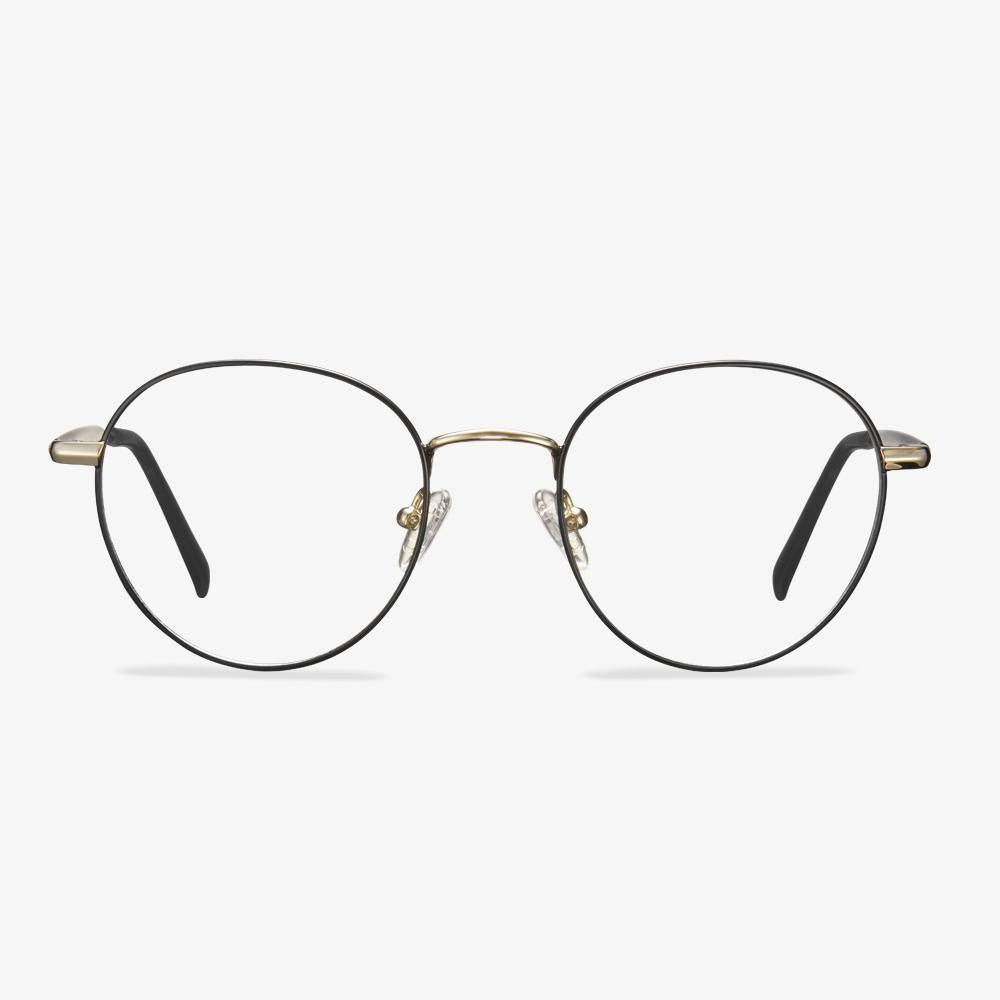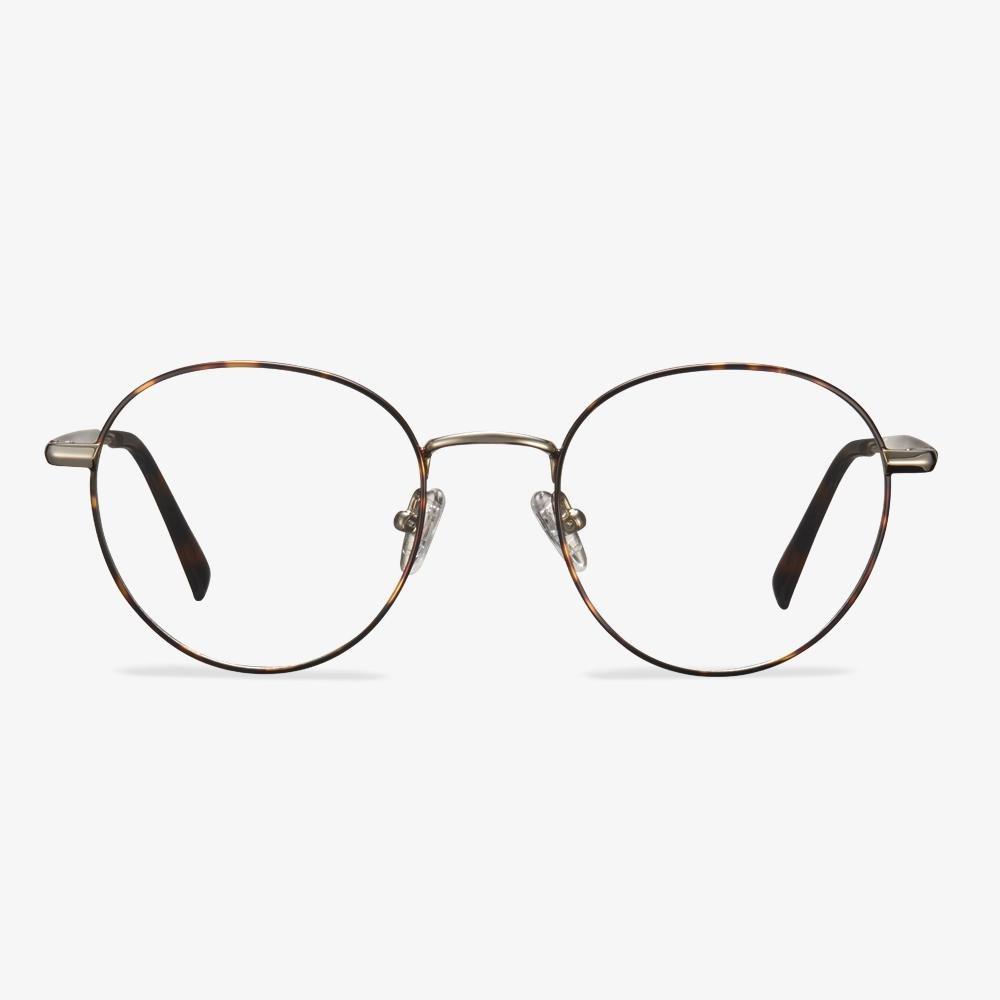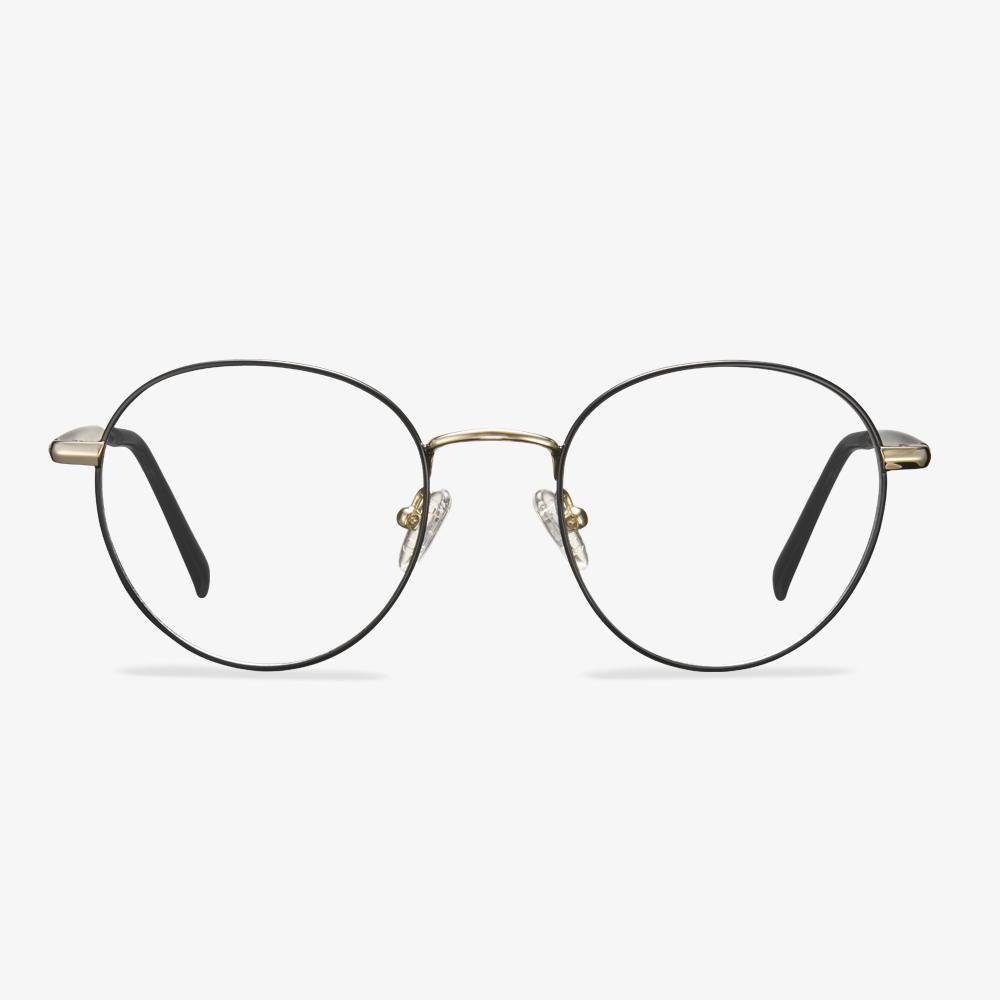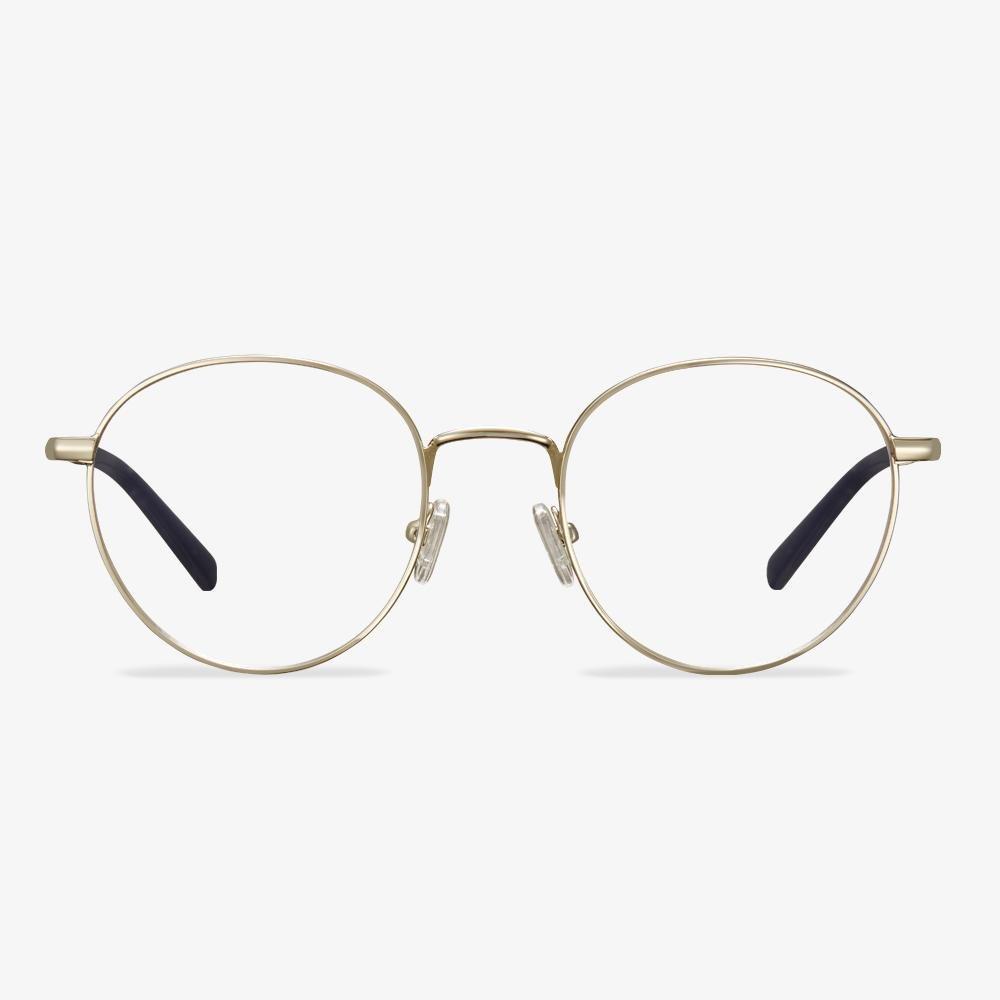How Do Progressive Lenses Work?
So, how do progressive glasses work? Progressive lenses allow you to see at all distances with one pair of glasses. They start with your distance prescriptions at the top of the lens and increase as you move toward the bottom of the lens. You can move your head position to allow you to focus through different areas of the lens.
Move your head upwards to see something in the distance, and hold it straight for intermediate or arm’s length vision and down for near vision for objects that are close up. Apart from the aesthetic improvement of the lens without the line segments, progressive lenses avoid the visual discontinuity or image-jump when your eyes shift from one zone to the other in non-progressive multifocals.
TERAISE Polarized Clip-on Sunglasses Over Prescription Glasses
The use of a yellow night vision clip helps reduce the glare of other vehicles' lights effect, and a nearsighted night vision clip can improve the safety factor of night driving. You can wear myopic prescription night vision glasses for a small amount of money, saving at least $350 / euro. It only weighs 4 grams. With a strongly polarized lens, the glare can be weakened, simple, and beautiful. On cloudy, rainy, or foggy nights, it's safer to wear a night vision clip. They have 18 months of quality assurance and comprehensive customer service.
The Disadvantages of Aspheric Lenses
Here, we will show some disadvantages of aspheric lenses.
The aspheric lens has a relatively small light area. When the eyeball rotates around, it will blur a little when looking at the outside through lens edge. In other words, the visual range of the line of sight becomes smaller.
Human’s eyeball is spherical and the eyeball rotates to the edge. Through aspheric lenses, the objects near the eye appear protruding.
Frame Selection of Progressive Sunglasses
Choose a proper frame range. Only if the frame is not very large and beveled, the frame can be very flat. Because the distance from the glazed to the optical center of a progressive multi-focus lens is 19-17 mm, and the distance between the edges of the frame will be no less than 28 mm if the area inside the lens can be used at close range while maintaining the far sighting field.
How to Choose Glasses for Square Face?
Cat-eye glasses: cat-eye glasses are currently a very popular fashion trend. The upswept browlines provide curves and movement that are suited for any face shape. So, if you have a square face, you can try cat-eye glasses.
Oval glasses: oval glasses can soften your strong angles and balance your face and minimize your strong features. So, if you have a square face, you can try the oval glasses.
How to choose the best glasses for square faces? After reading this post, you may have some ideas. If you want to choose sunglasses for square faces, you can also follow the above suggestions. If you want to choose a new pair of glasses or sunglasses, Koalaeye glasses are recommended, which are stylish and at a cheap price.
Why are acetate frames so unique?
The production of acetate frames can be realized in various colors and patterns without painting the frames. The layering of acetate fiber brings varying degrees of transparency and patterns to the spectacle frame. Then this beautiful design makes acetate sheet glasses a more ideal choice than ordinary plastic spectacle frames.
Choose the frame according to the skin color
Generally, people with lighter skin tones are best to choose lighter-colored frames. For darker-skinned people, choose frames with darker colors. For example, people with white skin can choose the frame of soft pink, tortoise color, or golden silver, while people with darker skin color can choose red, black, or tortoise color.


















































